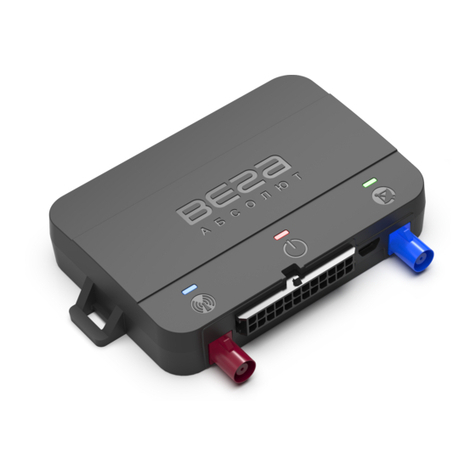
2
CONTENTS
_Toc66717057
Introduction.......................................................................................................................................................................................4
1.1 Purpose ...................................................................................................................................................................................5
1.2 Functions.................................................................................................................................................................................5
1.3 Specification............................................................................................................................................................................6
1.4 Operation principle.................................................................................................................................................................7
2 DESCRIPTION OF BASIC FUNCTIONS...............................................................................................................................................9
2.1 Readings displaying ................................................................................................................................................................9
2.2 meter’s operation modes .......................................................................................................................................................9
2.3 Optical port ...........................................................................................................................................................................10
2.4 Internal clock.........................................................................................................................................................................10
2.5 Electronic magnetic seal .......................................................................................................................................................10
2.6 LoRaWAN ..............................................................................................................................................................................10
2.6.1 Connection to the network ...............................................................................................................................................10
2.6.2 Class А device.....................................................................................................................................................................11
2.6.3 Communication and collection periods ............................................................................................................................11
2.6.3.1 Communication period...................................................................................................................................................11
2.6.3.2 Data collection period ....................................................................................................................................................11
3 “VEGA LORAWAN CONFIGURATOR” APPLICATION.......................................................................................................................12
3.1 Operating modes ..................................................................................................................................................................12
3.2 Application interface ............................................................................................................................................................12
3.3 Connection of meter to computer........................................................................................................................................13
3.3.1 Adapter connection, driver installing................................................................................................................................13
3.3.2 Optical port activation.......................................................................................................................................................15
3.4 “Device info” tab...................................................................................................................................................................17
3.4.1 Basic description................................................................................................................................................................17
3.4.2 Fields description...............................................................................................................................................................18
3.5 “LoRaWAN settings” tab.......................................................................................................................................................20
3.5.1 Basic description................................................................................................................................................................20
3.5.2 Fields description...............................................................................................................................................................20





























